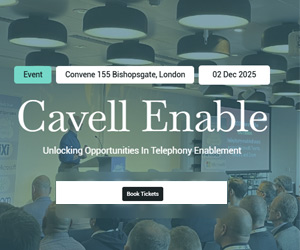With hybrid working, we have the opportunity to be more connected than ever, while still being more flexible and autonomous than ever. We just need the right tools and strategy to deploy them.
Hybrid Working Means Maximum Flexibility and Autonomy
Of the 5,036 global knowledge workers we recently surveyed in our Hybrid Ways of Working 2021 Global Report, 59% reported that having the ability to work from wherever they want is more important to them than salary and other benefits.
Similarly, 61% said they prefer that management allows them to come into the office when they need to and work from home when they need to.
Instead of sleek offices and more benefits, employees indicate that what they really want is more autonomy to make their own decisions about how, when, and where they carry out their work.
As we evolve into the most flexible and autonomous workforce in generations, we’ll all be working in a more individualized working world than ever before. So, as teams and as organizations, this also means that we’ll be more separated – unless we have the right video tools in place.
The Rise of Videoconferencing
The use of video in the workplace has been on the rise for decades. Most things that we once would have done exclusively in-person or on the phone have, in one way or another, become video-enabled. Now, we use video for a diverse range of work activities, from one-on-one meetings and group collaboration to product launches and IPOs.
More specifically, with the shift to remote working during the pandemic, the use of videoconferencing platforms has skyrocketed to an all-time high.
From January 2020 to April 2021, Microsoft Teams experienced a 625% growth in daily active users. Similarly, Zoom now hosts more than 3.5 trillion meeting minutes per year globally.
How Video Keeps Us Connected at Work
In a joint study from Zoom and Forbes Insights, 97% of executives said that videoconferencing helps improve the sense of connectedness amongst remote workers.
Similarly, 55% said they believe videoconferencing enhances their ability to increase employee engagement, ultimately concluding that video provides “greater intimacy in working relationships – both internal and external,” as well as “superior communication and understanding.”
In the context of hybrid working, our research bolsters the findings from Zoom and Forbes Insights that video brings people together; meeting rooms equipped with video technology are a top 3 priority for global knowledge workers to include those working remotely.
The more time we spend on video platforms such as Microsoft Teams and Zoom, the more important it becomes to use purpose-built video devices that maximize the authenticity of our connection with one another.
In a hybrid world where 84% of knowledge workers believe that technology can help all employees have equal access to opportunities at work, video promises an inclusive and humanized pathway forward.
Author: Guest Author
Published On: 8th Nov 2021
Read more about - Guest Blogs, Jabra






































